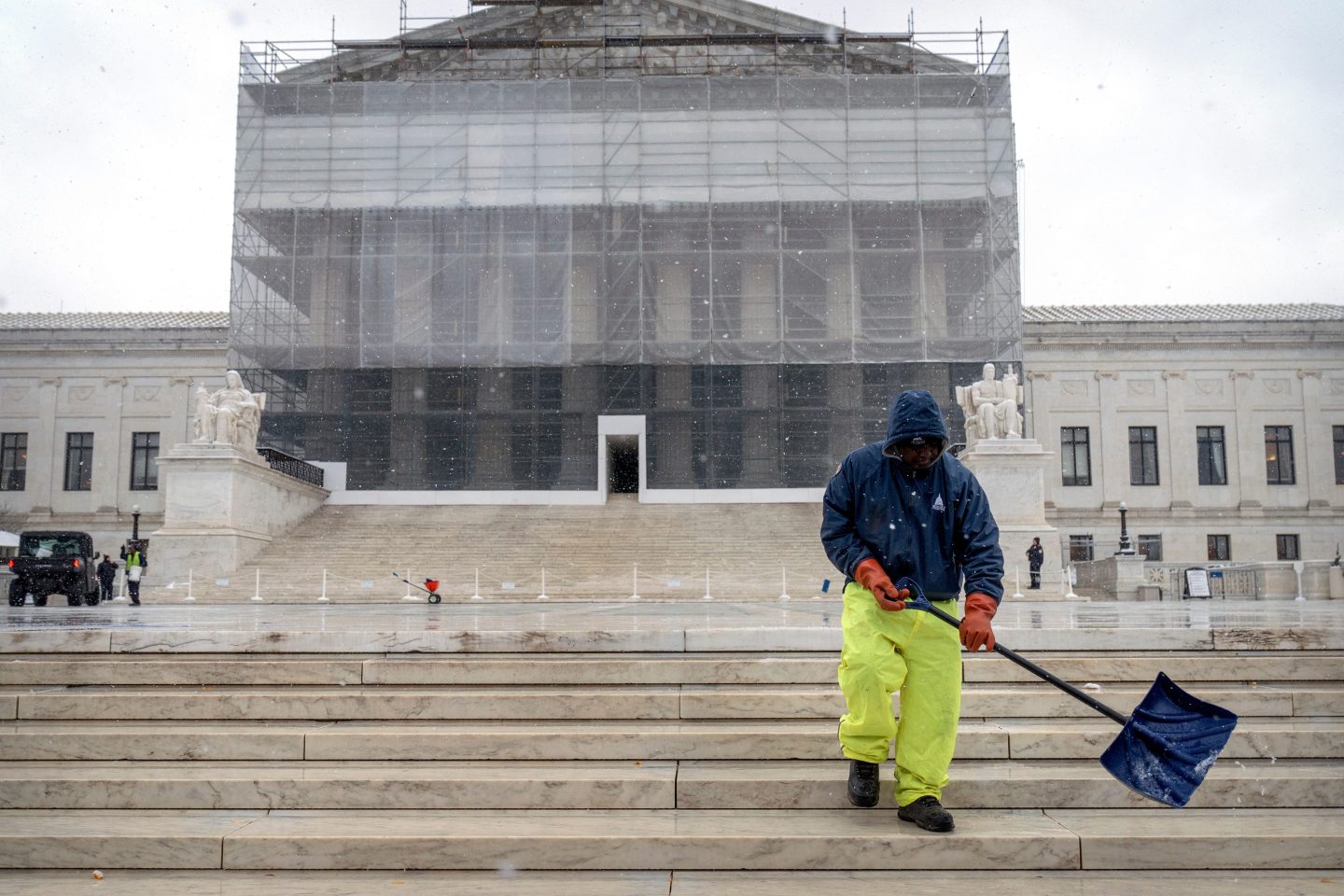It’s the first full week of spring, but the Chinese economy shows no signs of waking from a winter slumber.
The initial reading of HSBC’s manufacturing purchasing manager’s index (PMI), a popular measure of business expansion or contraction, is grim: the lowest level since May 2014, a further decrease from low readings in late 2014, and weak employment figures. The so-called flash reading of 49.2 (a final figure will be out at the end of the month) indicates that broad industries in China continue to slid in a slowing economy initially caused by a real estate downturn.
“The drag from deflating construction activity in the real estate sector will remain with us for a while,” HSBC analysts Frederic Neumann and Qu Hongbin wrote today.

The Chinese media have said fewer migrants returned to cities following the Chinese New Year, and the PMI showed employment dips in March. China’s leaders often say employment is a top concern. On Tuesday analysts widely said the dour economic readings would translate into more stimulus in China—monetary and maybe fiscal. Premier Li Keqiang pledged to keep the economy growing by 7% in 2015 and the insiders are saying, “By god he’s going to keep his word.”
The benchmark interest rate in China is still above 5%; in the U.S. it’s 0%. In other words, China has room to work.
The first of many influential PMI readings this year might determine how much its central bank maneuvers.
(In the graphic: grey is bad. Red is good. March has been bad.)






